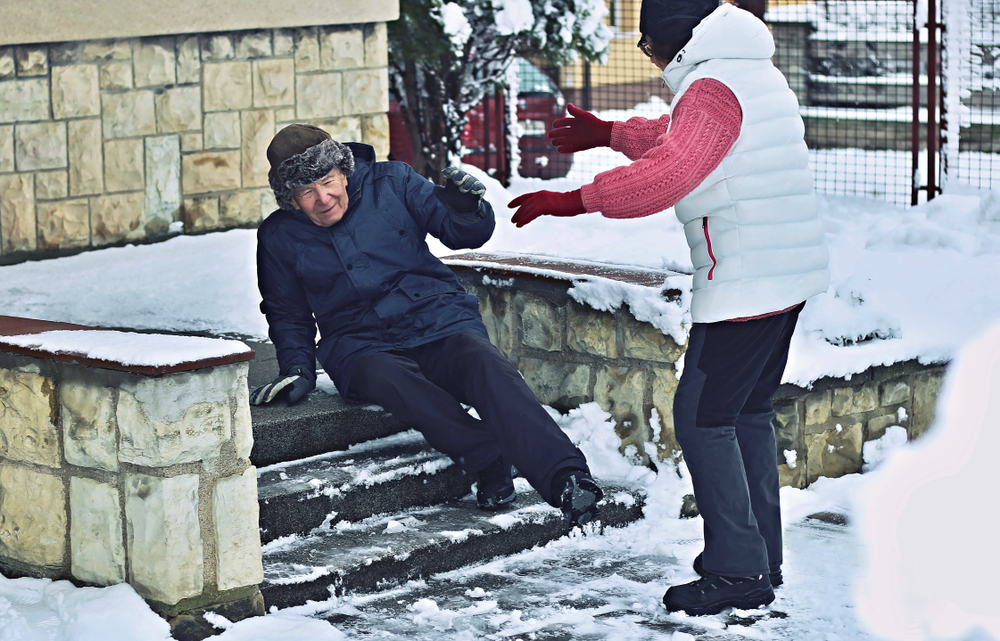Make an Appointment
As we age, changes in strength, balance, cognition and daily functioning can impact independence and wellbeing. In rehabilitation settings, combining the expertise of occupational therapy (OT) and physiotherapy (PT) offers older adults the best chance to maintain functional ability, reduce fall risk, and participate fully in life. Rather than working in silos, these two allied health professions collaborate closely, sharing insights, co-designing goals, and delivering coordinated interventions tailored to each senior’s needs and preferences.
Collaboration means much more than mere referral. It involves joint assessments, shared goal-setting, and co-treatment sessions, all underpinned by open communication and respect for each profession’s unique role. For example, a physiotherapist might focus on gait training and strength exercises, while an occupational therapist adapts the home environment and teaches safe self-care techniques. Together, they ensure that improvements in strength translate into real-world independence, such as getting in and out of bed or preparing a meal safely.
Australian community health models emphasise this integrated approach. Community health services in Victoria, for instance, offer both OT and PT under one umbrella, promoting coordinated care pathways and seamless transitions from inpatient to outpatient and home-based rehabilitation Better Health Channel. Evidence shows that seniors receiving multidisciplinary rehabilitation achieve higher functional gains and report greater satisfaction with their care.
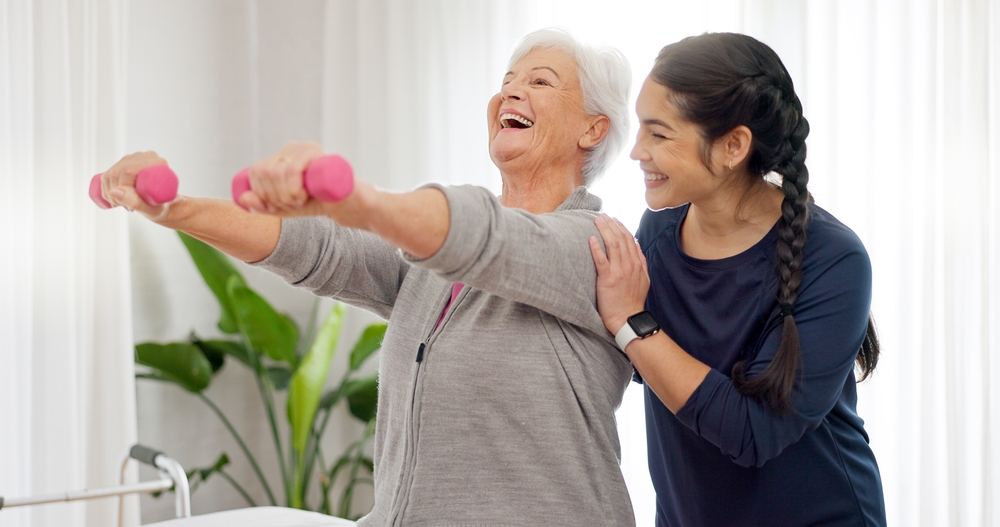
What is collaboration in occupational therapy?
Collaboration in occupational therapy centres on working with other professionals, the client, and their carers to achieve meaningful outcomes:
Interprofessional Team Meetings
- Occupational therapists regularly convene with physiotherapists, nurses, social workers, and doctors to discuss each client’s progress and adjust intervention plans.
Shared Goal-Setting
- Goals, such as walking to the bathroom independently, cooking a favourite meal, or returning to community groups, are co-created with input from both OT and PT, ensuring activities of daily living (ADLs) and physical function align.
Joint Assessments
- Combined OT/PT assessments, covering mobility, self-care tasks, cognition, vision, and home safety, produce a unified picture of the senior’s abilities and challenges.
Co-Treatment Sessions
- Periodic sessions where OT and PT work together can streamline care. For instance, a physiotherapist may guide a balance exercise while the OT teaches strategies to safely transfer when fatigued.
Occupational therapists bring a holistic lens, focusing on self‐care, leisure, social participation and the environment, while physiotherapists concentrate on movement, strength and pain management. This collaborative model reflects best practice: occupational therapists working across settings from hospitals to retirement homes, “in partnership” with other clinicians to optimise therapy plans.
At Physio Inq, our Occupational Therapy service uses collaborative care agreements to ensure physiotherapists and OTs co-design each senior’s rehabilitation journey, maximising both safety and independence.
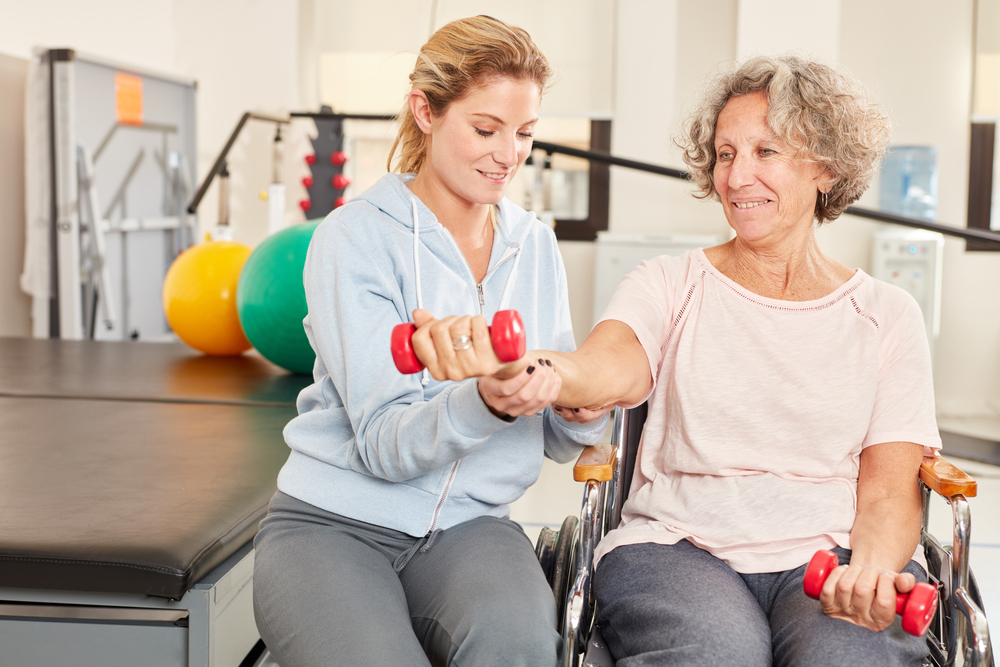
How do Physiotherapists and Occupational Therapists work together?
Practical collaboration between physiotherapists and occupational therapists can look like this:
1. Co-Assessment of Functional Mobility
- Example: During an OT home visit, the OT identifies difficulties with transfers. They invite a physiotherapist from Mobile Physiotherapy to jointly evaluate gait and transfer technique, ensuring both muscle strength and environmental factors are addressed.
- Benefit: A unified intervention plan reduces duplication and targets the root causes of mobility limitations.
2. Integrated Exercise and ADL Training
- Example: In a co-treatment session, the PT leads a sit-to-stand strengthening exercise while the OT guides the client in safe bed transfers immediately afterward.
- Benefit: Linking impairment-based exercises with meaningful tasks reinforces motor learning and builds confidence.
3. Shared Documentation and Communication
- Example: Both therapists update a joint care plan, accessible to all team members, which records functional goals, interventions, and progress notes.
- Benefit: Seamless communication prevents conflicting advice and ensures consistency across sessions.
4. Family/Caregiver Education Sessions
- Example: An OT teaches safe techniques for dressing while the PT demonstrates transfer assistance; together, they coach family on preventing caregiver injury.
- Benefit: Equips carers with cohesive strategies, improving home support and reducing re-admissions Better Health Channel.
By partnering closely, physiotherapists and OTs leverage their complementary expertise, creating a rehabilitation experience that is truly person-centred and outcome driven.

What is the occupational therapy approach to rehabilitation?
Occupational therapy in senior rehabilitation emphasises enabling participation in daily life through:
Holistic Assessment
- Evaluating physical, cognitive, sensory, and psychosocial factors in the context of the client’s roles, such as parent, volunteer, or hobbyist, ensures interventions target what matters most.
Client-Centred Goal Setting
- Collaboratively defining meaningful goals (e.g. resuming gardening, using public transport) fosters motivation and relevance.
Environmental Modifications
- Making practical changes, like installing grab rails, improving lighting, and rearranging furniture, reduces barriers to independence.
Adaptive Equipment Prescription
- Providing and training clients in using tools, such as reachers, sock aids, or non-slip mats, helps manage physical limitations and maintain safety.
Task-Specific Training
- Practicing real-world activities (meal preparation, shopping) within therapy sessions builds confidence and generalises skills.
Cognitive Strategies
- Introducing memory aids (timers, checklists) and energy-conservation techniques supports clients with fatigue or mild cognitive impairment.
Facilitating Community Reintegration
- Coordinating outings, liaising with community groups, and adapting activities ensures seniors remain socially connected and active.
Outcomes of this approach include improved ADL performance, reduced caregiver burden, and enhanced quality of life. When delivered in conjunction with physiotherapy’s focus on impairment remediation, OT’s functional orientation completes the rehabilitation picture.
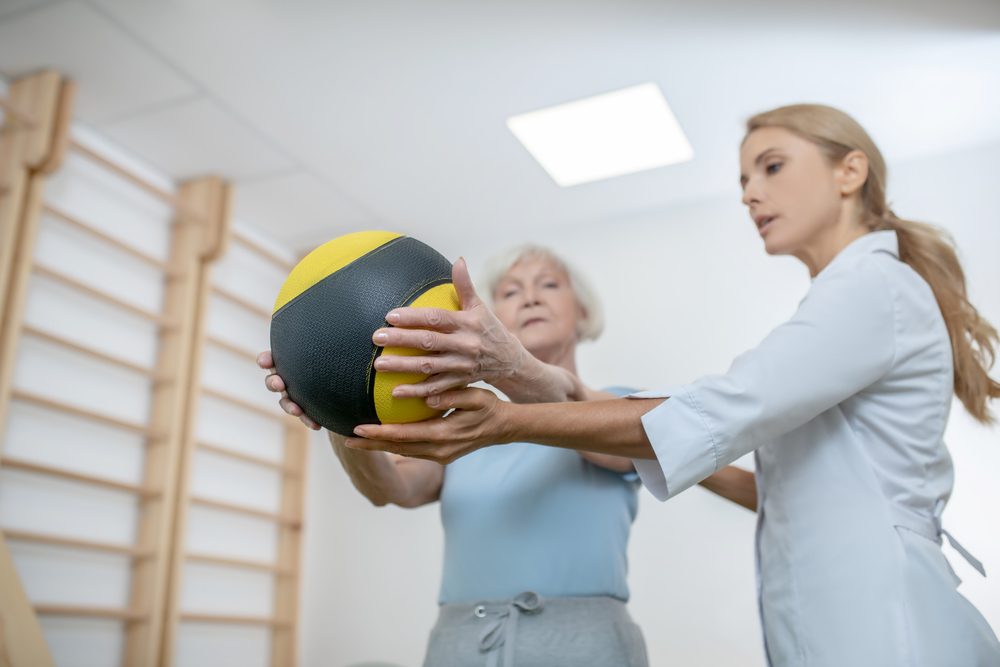
Why is collaboration important in Physiotherapy?
Collaboration elevates physiotherapy by:
Ensuring Comprehensive Care
- Integrating OT insights into physical programs ensures exercises are relevant to daily tasks, such as sit-to-stand strength training that directly improves toileting independence.
Maximising Safety and Effectiveness
- Environmental modifications recommended by OTs (e.g., non-slip flooring) reduce fall risk during physiotherapy balance exercises.
Streamlining Goal Attainment
- Jointly set goals, like walking to the mailbox, align PT strength gains with OT-led habit and routine changes, accelerating progress.
Reducing Readmissions and Complications
- Coordinated home-based physiotherapy and OT support prevents re-injury and hospitalisation, enhancing long-term outcomes.
Supporting Carers and Families
- Unified training sessions reduce confusion and increase carer confidence, leading to more consistent support between formal sessions.
Fostering Professional Growth
- Physiotherapists and OTs learn from each other, expanding skills and perspectives for more creative, client-centred solutions.
In short, collaboration in physiotherapy transforms isolated treatment into integrated care, enhancing safety, relevance, and sustainability of rehabilitation for seniors.

Frequently Asked Questions (FAQs)
Q1. What exactly does “collaboration” mean in occupational therapy?
A: In OT, collaboration involves working closely with clients, carers, and other professionals, especially physiotherapists, to co-create goals, share assessments, and deliver cohesive interventions that address both functional and environmental factors.
Q2. How do physiotherapists and occupational therapists coordinate their work?
A: They conduct joint assessments, co-treatment sessions, share documentation, and hold regular team meetings to review progress. This ensures that physical exercises align with daily task training and home modifications.
Q3. What is the OT approach to rehabilitation for seniors?
A: OT focuses on enabling meaningful participation by adapting environments, prescribing adaptive equipment, implementing cognitive strategies, and providing task-specific training, all tailored to each senior’s roles and routines.
Q4. Why is collaboration important in physiotherapy?
A: Collaboration with OT ensures physiotherapy exercises are safely integrated into daily life, reduces fall risk through environmental changes, and aligns strength and balance goals with real-world activities, leading to better outcomes.
Q5. Can home-based services provide effective collaborative care?
A: Yes, Mobile Physiotherapy and in-home OT services can coordinate schedules, deliver joint visits, and adapt interventions to the client’s actual living environment.
Q6. How do I know if my loved one needs a collaborative OT/PT assessment?
A: Signs include difficulty with transfers, repeated falls, challenges in self-care tasks, or regression in daily routines. Speak to your GP or contact Physio Inq to arrange a combined assessment.

A truly effective rehabilitation programme for seniors hinges on the seamless collaboration of occupational therapists and physiotherapists. By combining OT’s functional, environment-focused expertise with PT’s strength, balance, and mobility training, older adults regain confidence, independence, and quality of life.
Take the Next Step:
If you or someone you care for could benefit from a collaborative, multidisciplinary approach, contact us today to discuss a tailored rehabilitation plan. Explore our services:
Together, we’ll help you navigate the journey to greater independence, safety, and wellbeing.
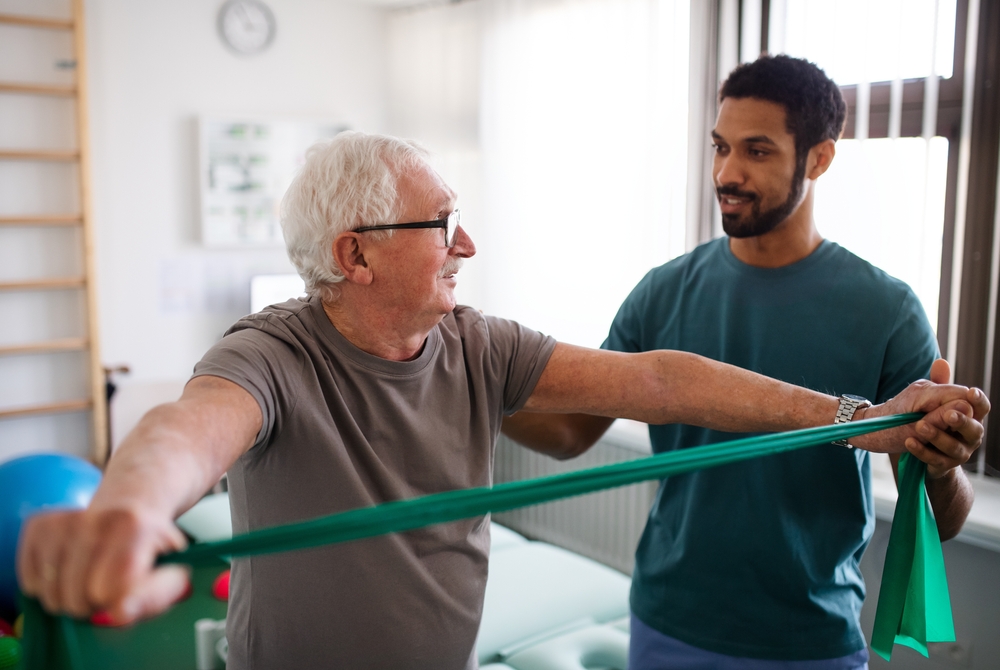
Date Published: Wednesday, May 14, 2025
Locate a Occupational Therapy
Service Near me
Get the experience & convinence you deserve to support your or a loved one's allied health needs.
Our Occupational Therapy team are currently serving & taking appointments in the following states and regions in Australia:
Need to get into direct contact with ur Client Services team? We're all ears. Call our team directly on 1300 731 733
